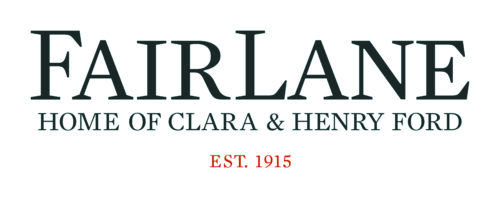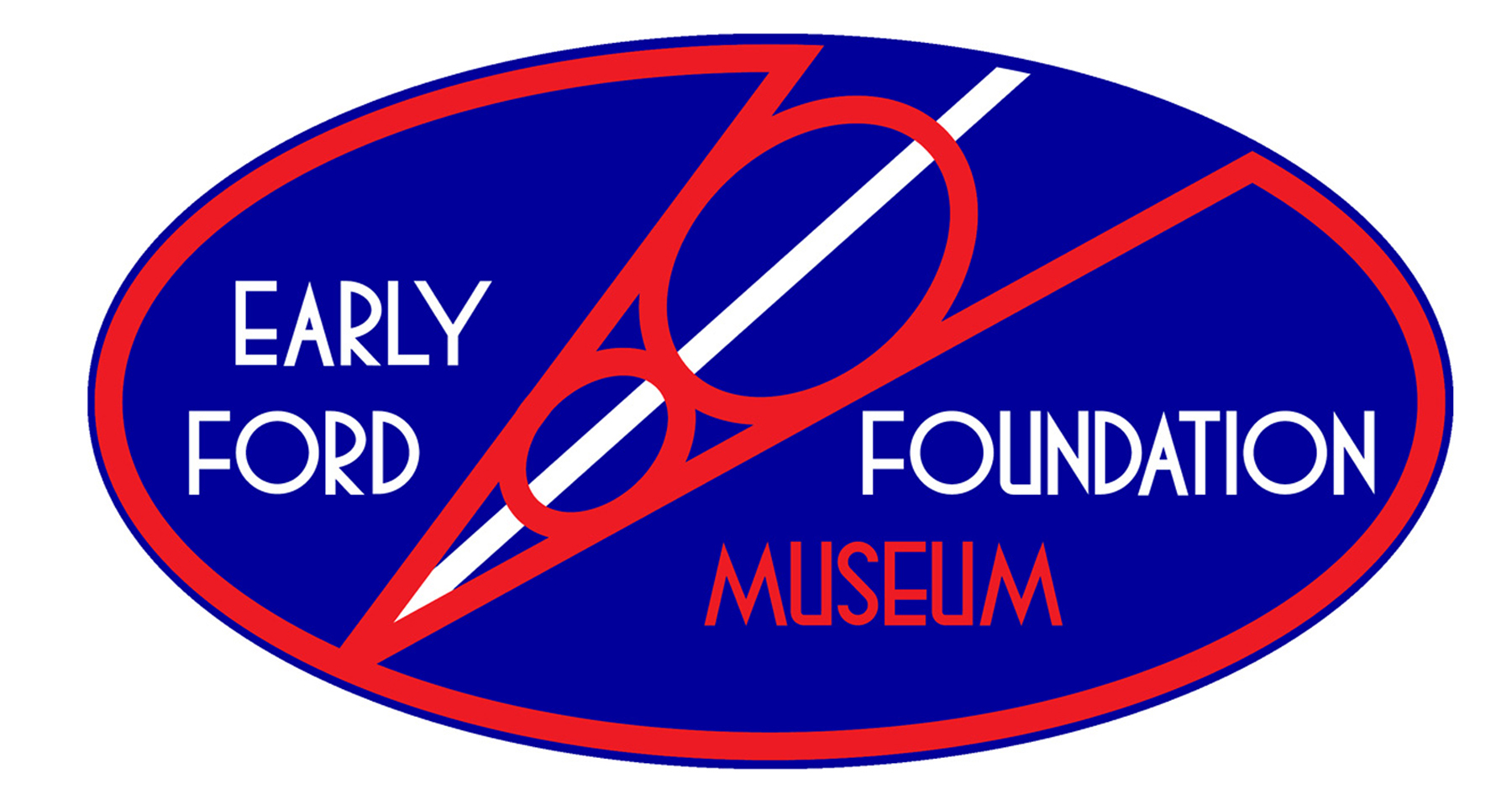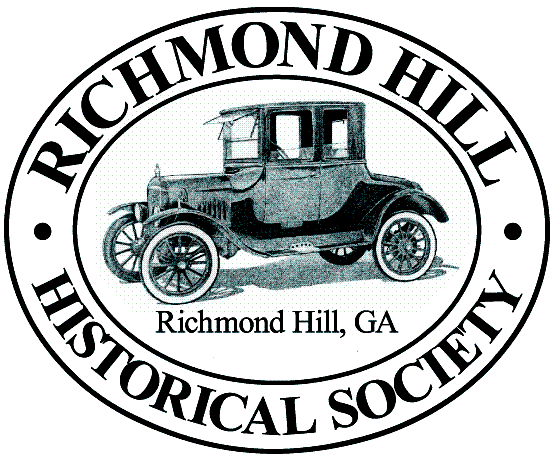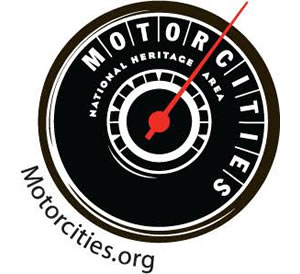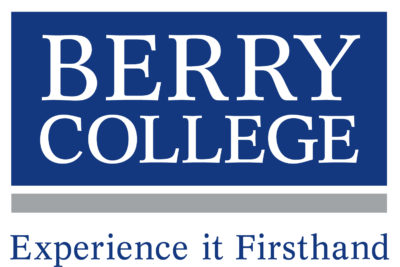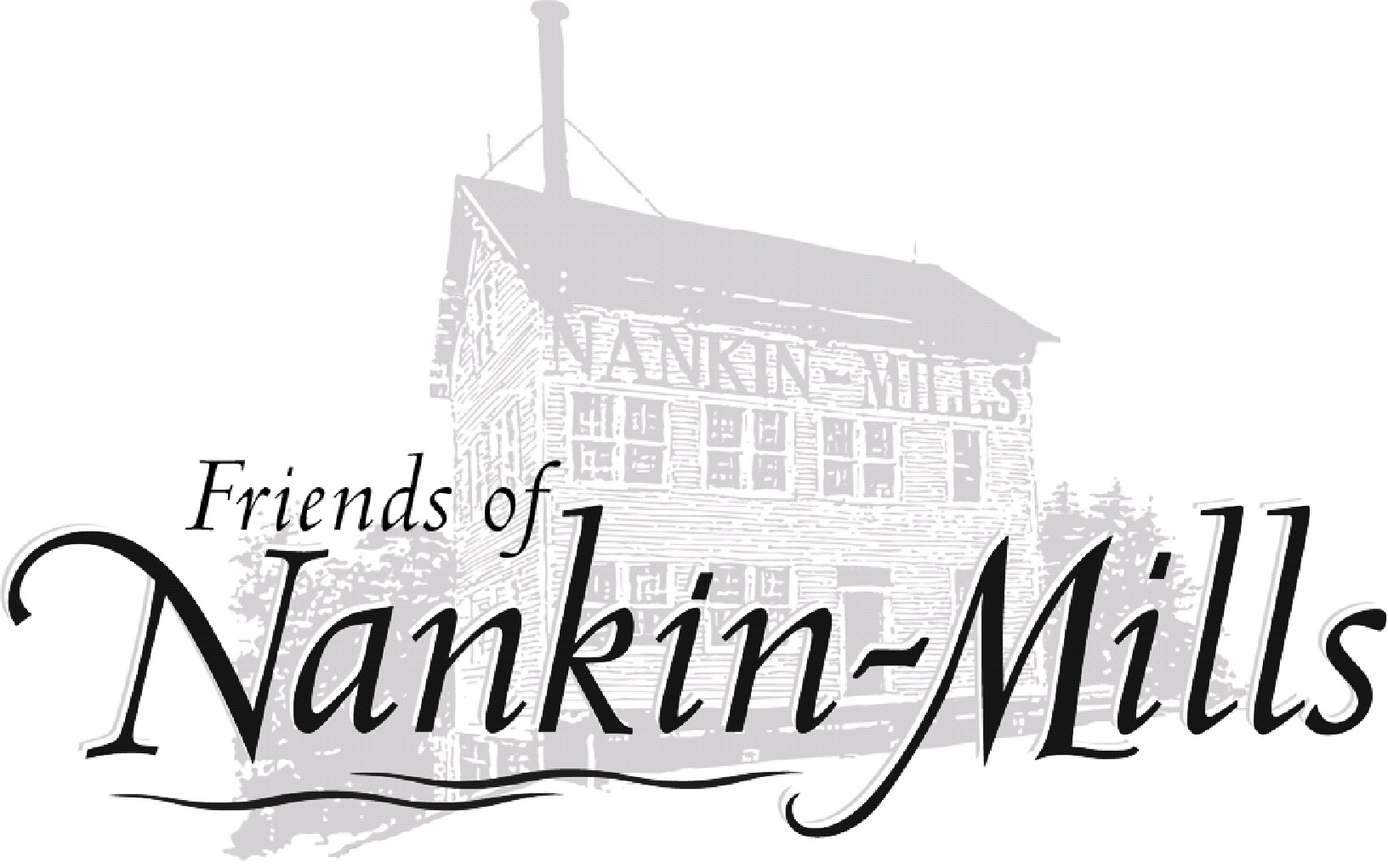Friends of HFHA
Edsel & Eleanor Ford House
Edsel & Eleanor Ford House tells the story of the home life of a prominent American family. The Fords were cultural, social and economic leaders in an era of great optimism, as well as a turbulent time of economic depression and world war. They were nationally prominent and they owned more than one house, but Southeast Michigan was their home. Here they built their final residence along the shores of Lake St. Clair, at a place known locally as Gaukler Pointe. Their impressive yet unpretentious home is where they raised and nurtured their four children – Henry II, Benson, Josephine and William – in a safe and loving environment. It reflects their love of family as well as their mutual passion for art and quality design.
Fair Lane
A life story written in stone, steel and blossom – Fair Lane was Henry and Clara Ford’s home for more than 30 years, and it was the culmination of hopes, dreams and hard work
With their fame and success soaring, Henry and Clara moved into Fair Lane in Dearborn, Mich., in 1915, after the booming success of the Model T, the assembly line and Ford’s $5 workday policy. These were ideas that changed the world, and the Fords were people of action and ingenuity
Fair Lane was much more than a simple domestic haven. It was a private laboratory space for Henry’s tinkering and discoveries, a canvas for Clara’s love of gardens, a retreat to discuss ideas with friends like Thomas Edison, Harvey Firestone and John Burrows, a hall for favorite pastimes like music and dance, and a place to gather the grandchildren to share their passions and dreams.
Edison & Ford Winter Estates
Edison & Ford Winter Estates in Fort Myers, Florida, includes the beautiful tropical winter estates of both inventors as well as 20 acres of historic gardens, nine historic buildings listed on the National Register of Historic Places, a 15,000 square foot museum featuring thousands of historic artifacts belonging to these two American icons, and a collection of historic and antique Ford cars. The site is open daily from 9am to 5:30pm and evenings in December.
A variety of educational tours and special programs are offered year round, including inside the homes tours, garden tours, regular car shows and car talks, and every December, Holiday Nights, one of the top 10 holiday attractions nationally with thousands of lights, historic holiday decorations and family fun. Call or check the website for daily program updates.
Over $15,000,000 in restoration has been completed in recent years, winning top awards from the National Trust for Historic Preservation and National Garden Clubs. The restored Edison Botanic Research Corporation Laboratory for Edison, Ford and Firestone’s rubber research was recently designated a National Historic Chemical Landmark by the American Chemical Association. With over 270,000 visitors annually, Edison Ford is one of the ten most visited historic home sites in the country and not to be missed.
The Ford Piquette Avenue Plant
It might look old-fashioned now, but in 1908 the Model T was revolutionary. Inexpensive, light weight, durable, and easy to drive and repair, it was a great value for ordinary families. It quickly became the most popular car on the planet. The Model T changed not only what we drove then, but how we live today. And it was conceived, developed, and built right here.
Today, the Ford Piquette Avenue Plant is again open and evolving into a symbol of Detroit’s ability to invent, innovate, and rebound. Walk the plank floors worn smooth by hundreds of workers and thousands of cars. See Henry Ford’s competition, his early successes and false starts. Learn how volunteers saved one of the world’s most significant industrial buildings and support our ongoing restoration here in the heart of Detroit.
The Early Ford V-8 Foundation Museum
We’re NOT your typical Museum. We feature Flathead V-8 engines, transmissions, rear axles (many of them “cut-a-way” models showing the inner workings); two complete Ford V-8 Chassis: a 1940 Mercury and a running 1932; tons of memorabilia, service items, including test equipment and tools; a dashboard collection, carburetors, tires & rims, clocks for every early V-8 year; Schramm air compressors, showroom banners, advertising posters, even a Ford Model A Coupe to show the progress when the ’32 V-8 came out, and on and on.
All Genuine Ford. We’ve got enough Fantastic Ford items to keep you busy “exploring” for many hours. Our Reference Library is being organized with hundreds of books, manuals and Ford DVD videos. An irresistible mecca for the Ford V-8 enthusiast! And we’re still adding to the collection.
The Model A Ford Foundation
The Model A Ford Foundation, Inc. seeks to preserve Model A Fords and related artifacts and memorabilia, encourage research, and educate present and future generations about the Model A Ford and its era.
After the name was changed, MAFFI continued to grow and gained nationwide support from both MAFCA and MARC members. The Foundation sponsored research work on Model A parts drawings, upholstery, factory photographs, Ford Advertisements, and other activities.
In 2010 and 2011 attention turned to finding a suitable location for creation of a Model A Ford Museum. The Gilmore Car Museum campus in Michigan was chosen as the site. After an intense fund-raising period, a Groundbreaking took place in April 2012. The building construction was completed and turned over to the Foundation in September, 2012. The museum was outfitted with vehicle, displays, parts, and era fashions. The Grand Opening was held in May 2013.
The Benson Ford Research Center
The Benson Ford Research Center is the world’s most comprehensive resource for researching collections and stories of American innovation, ingenuity and resourcefulness–and home to the experts who maintain and interpret our collections. Learn who we are and how you can help.
The Henry Ford in fulfilling our mission to provide unique educational experiences based on authentic objects, stories, and lives from America’s traditions of ingenuity, resourcefulness, and innovation.
The Richmond Hill Historical Society
Known for its many ties to world-famous industrialist Henry Ford, Richmond Hill, Georgia has a rich, deep history that is the envy of any city on the coast. From Native Americans and European explorers, to rice planters, enslaved African-Americans, Civil War explorers, to rice planters, enslaved African Americans, Civil War battles and an amazing twentieth-century renaissance, the entire lower Bryan County area is a treasure trove full of ‘hidden history.
To see some of our videos click here!
The MotorCities Nation Heritage Area
VISION
MotorCities National Heritage Area Partnership inspires residents and visitors with an appreciation for how the automobile changed Michigan, the nation, and the world. This rich heritage will be a source of pride for our communities and a positive influence on our region’s future.
MISSION
The MotorCities National Heritage AVisonrea Partnership is a nonprofit corporation affiliated with the National Park Service. We preserve, interpret and promote the region’s rich automotive and labor heritage.
LOCATION
National Heritage Areas are places where natural, cultural, historic and scenic resources combine to form a cohesive, nationally important landscape arising from patterns of humanity. The MotorCities National Heritage Area encompasses over 10,000 square miles in southeast and central Michigan. The Partnership’s administrative headquarters are in Detroit.
Friends of the Highland Lake Recreation Area
Edsel B. Ford I, only child of Henry Ford, began purchasing parcels of land in Highland and White Lake Townships in 1923. These lands are now a part of southeast Michigan’s wonderful Highland State Recreation Area. Edsel’s plan was to construct a self-sufficient retreat as a diversion from the hustle and bustle of city life – a retreat that was more convenient than a lengthy drive further north.
Headquartered in Highland Township, the Friends of Highland Recreation Area is a nonprofit organization comprised of Michigan residents, private businesses, local user groups, and various resource organizations. Within one of the most picturesque, fascinating, and historically significant state parks in southeast lower Michigan, they are working to combine the existing activities, wilderness, recreation, and amenities of Highland State Recreation Area with the unique historical and cultural background of the former Haven Hill estate.
Henry Ford Trade School (Alumni Association)
“We try to stimulate boys to think for themselves by working out practical problems and doing practical work. Our text books are the basic things – the materials and forces of nature and human society.”
One of the most successful vocational training schools in the country was started by Henry Ford. The purpose of starting the school was three-fold: it gave needy boys a chance to help support themselves, as they were given a cash scholarship; it provided an opportunity for young men to learn a trade while taking an interest in education; and it helped the Ford Motor Company secure future trained workers to fill many jobs. The Alumni Association was formed in 1945. Over the years, it has awarded several scholarships to students and made a major donation to the Lawrence Technological University. Although the Alumni Association recently voted to dissolve, the Henry Ford Heritage Association is keeping the HFTSAA’s website online. There you can learn about the history of the Trade School and its Alumni Association through articles, videos and newsletters, all of which are free to enjoy.
Yankee Air Museum:
Where History Takes Flight! The Story of the Yankee Air Museum begins in 1941 when Willow Run Airport was built by the Ford Motor Company to serve as an airfield for their B-24 Bomber Plant. This was the first aircraft manufacturing complex to use Ford’s automotive mass production technique, a leading technological innovation of the time. The Rosie the Riveter story began here with women coming into the industrial workforce for the first time with equal pay and equal opportunity. The assembly line and just in time manufacturing was first used at Willow Run allowing the tremendous production of B-24 aircraft (one plane every 55 minutes) which made Willow Run the centerpiece of the Arsenal of Democracy.
Our Yankee Air Force keeps historic aircraft flying! We own and operate one of the few remaining flyable B-17s, the only B-25D left in the air, and a great old C-47. We also put on “Thunder Over Michigan” one of the best classic airshows in the country while supporting 40 airshows around the eastern half of the U.S.
Yankee Air Museum is destined to become the National Museum of Aviation and Technology at Historic Willow Run. With community support, our Save the Bomber Plant campaign allowed us to save 144,000 sq ft of the most important piece of the original B-24 Bomber Plant, the roll out building, where all of the B-24s exited the plant between 1942 and 1945. We’ve made tremendous progress in bringing this historic building back to life. We are working hard to keep forward momentum to finish the restoration of this historic World War II facility that represents not only the achievements of our military, but the long lost story of the Home Front and the vital role Michigan, the auto industry, Detroit and ordinary Americans played in winning that victory.
Berry College
The seeds of Berry College were planted in 1902, with the opening of the Boys’ Industrial School, a boarding school for boys located approximately three miles north of Rome, Georgia. The school’s creation was the result of the vision and devoted efforts of Martha Berry, the daughter of a prosperous local business owner, who had come to believe that education could provide a path from poverty for local children.
Today Berry has the world’s largest contiguous college campus, spanning more than 27,000 acres of woodlands, meadows and streams. There are 47 primary buildings on campus, including 15 classroom facilities and 10 residence halls. The newest halls, Audrey B. Morgan and Deerfield, house approximately 350 students and feature beautiful vistas, spacious common areas and outdoor fireplaces. The 131,000 square-foot Steven J. Cage Athletic and Recreation Center offers students a state-of-the-art home for Berry’s thriving intercollegiate and intramural sports programs. Highlights include a 2,000-seat intercollegiate sports arena, two racquetball courts, an eight-lane pool, and fitness center. The Kilpatrick Commons area, adjacent to campus dining, provides a serene and peaceful respite in the heart of the campus with waterfalls and an outdoor seating area.
Nankin Mills
Nankin Mills in Westland, Michigan dates from 1842. Once a grist mill, it now serves as an interpretive center and tells the area’s cultural and natural history.
Ford’s conversion of old mills like Nankin into factories was part of his Village Industry project. Ford saw small towns like Pike’s Peak (an early Nankin Mills area community) declining as people abandoned the land for jobs in Detroit and Highland Park with its flourishing auto plants. By establishing a number of small auto factories in rural areas Ford felt that these small communities would once again thrive. Farmers would be able to farm during the summer and once cold weather set in, be able to work at the mills.
The Friends of Nankin Mills has worked with Wayne County Parks since 1987, to preserve this historic mill and ensure it remains an important community resource.


